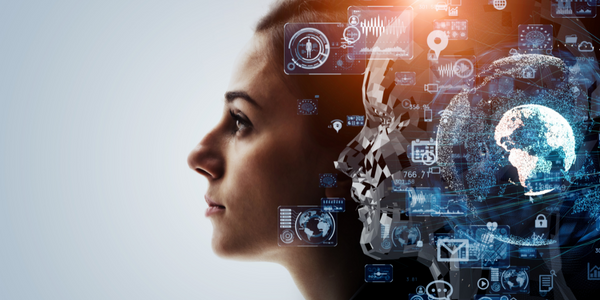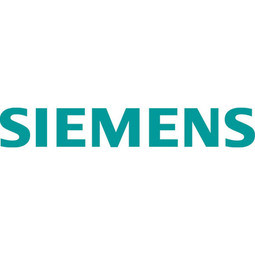
The ability to learn is a precondition for autonomy. With this in mind, Siemens researchers are developing knowledge networks based on deep learning-related simulated neurons and connections. Such networks can be used to generalize information by identifying associations between extraordinarily complex realms, such as the publicly accessible Internet and a company’s internal information systems. Far-reaching and generic, this technology appears to hold the potential of mimicking what humans call intuition.
Biological systems that learn include everything from roundworms with approximately 300 nerve cells to adult elephants, whose brains contain 200 billion neurons. But regardless of whether you’re dealing with a fruit fly, a cockroach, a chimpanzee or a dolphin, the neurons of all of these creatures process and transmit information. Moreover, they do so for the same reasons: All organisms need to be able to discern and interpret their surroundings and then react appropriately in order to avoid danger and ensure their survival, as well as their ability to reproduce. They also need to be able to recall stimuli that signal risk or reward. In other words, learning is the key to survival in the natural environment. Through creating a computational neural network that mimics the neurons in a human brain, Siemens' engineers are getting closer to creating virtual intuition.

Case Study missing?
Start adding your own!
Register with your work email and create a new case study profile for your business.



